Rafsanjān, Iran
Region: Rafsanjān is located in the Kerman Province
Geographic Coordinates: 30.406700, 55.993900
Temperature Range: 20.0°C to 40.0°C (68°F to 104°F)
Climate: Dry and hot summers with occasional sandstorms, and mild winters with occasional frost.
Population: 161909
Language: Persian
Rafsanjān, A city situated in Kerman Province, Iran, Is home to around 200, 000 individuals. The city holds the title of Pistachio Capital of the World due to its production of high-quality pistachios that are in high demand worldwide. The history of Rafsanjān dates back to ancient times when it was an essential hub for trade and commerce along the Silk Road. It has been ruled by several dynasties such as Sassanid Empire, Arab Caliphate, Seljuks, Mongols and Safavids which have left their mark on its architecture and historical sites.
One such site is the Jameh Mosque built during Seljuk rule featuring intricate tile work and calligraphy showcasing Persian Islamic art. Another notable spot is Shah Abbasi Caravanserai constructed during Safavid rule as a resting place for travelers along the Silk Road. Apart from agriculture industry that produces pistachios among other crops, Rafsanjān also has a thriving mining sector with large deposits of copper ore located nearby. Its industrial park houses factories producing textiles, Ceramics and food products.
Islamic Azad University located in Rafsanjān offers courses in engineering, Agriculture and humanities among others while Shohada Park provides recreational activities like picnics sports facilities for families visiting the city. Despite being situated in an arid region experiencing hot summers and cold winters; visitors are welcomed warmly by locals who take pride in their rich cultural heritage combined with natural beauty making Rafsanjān an ideal destination for anyone traveling to Iran.

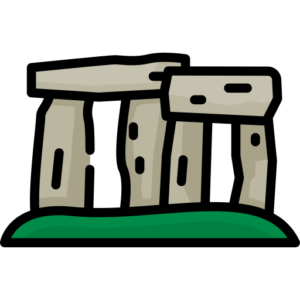
Important Landmarks
- Jameh Mosque of Rafsanjan: A historic mosque constructed during the Seljuk era.
- Shah Abbasi Caravanserai: A 17th-century caravanserai that features traditional Persian architecture.
- Arg-e Bam: An ancient citadel situated approximately 100 km from Rafsanjān that was destroyed by an earthquake in 2003 but remains a popular tourist destination.
- Shazdeh Garden: A stunning Persian garden located in Kerman province, around 80 km from Rafsanjān.
- Ganjali Khan Complex: A historical complex built during the Safavid era that encompasses a bazaar, bathhouse, mosque and school.
- Saryazd Castle: An ancient castle located near Rafsanjān dating back to the Sassanid period.
- Akbariyeh Garden: Another breathtaking Persian garden situated in Kerman province renowned for its unique water features and fountains.
- Meymand Village: An ancient village carved into rocks and cliffs located approximately 100 km from Rafsanjān inhabited for over 3,000 years and is a UNESCO World Heritage Site.
- Mohsen Gallery: One of Iran’s most well-known galleries showcasing contemporary Iranian art.
- Rafsanjan Pistachio Museum: The museum displays various types of locally grown pistachios along with their history.

Primary Industries
- Rafsanjān is known for its pistachio production and processing industry.
- Other major industries in the city include agriculture, mining, and textile manufacturing.
- The city also has a significant presence of small businesses, including shops and restaurants.

Noteable History
- The city is famous for its pistachio production, which has been a significant source of income for the region for centuries.
- The Rafsanjani family, one of the most powerful families in Iran’s political history, originates from this city. Former Iranian President Akbar Hashemi Rafsanjani was born and raised in Rafsanjan.
- In 1929, a massive earthquake struck the region causing widespread destruction and loss of life.
- During the Iran-Iraq War (1980-1988), Rafsanjan played an important role as a military base and supply center for Iranian forces.
- The historic Jameh Mosque of Rafsanjān dates back to the Seljuk era (11th century) and is considered one of the oldest mosques in Iran.
- Notable figures from Rafsanjan include Mohammad Ali Jafari (Commander-in-Chief of Islamic Revolutionary Guard Corps), Mahmoud Ahmadinejad (former President of Iran), Ali Larijani (former Speaker of Parliament), and Mehdi Karroubi (reformist politician).
- The city has also been home to several influential religious scholars throughout history, including Ayatollah Kazem Shariatmadari who played a key role in Iran’s Islamic Revolution.
- In recent years, environmental issues such as water scarcity and desertification have become major concerns for residents living in this arid region.
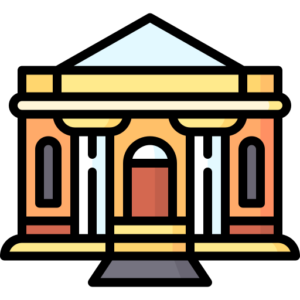
Museums and Things To See
- Jameh Mosque of Rafsanjān
- Shah Abbasi Caravanserai
- Shazdeh Garden
- Rafsanjan Anthropology Museum
- Kerman Province Cultural Heritage Organization Museum
- Imamzadeh Seyyed Ahmad Mausoleum
- Haj Ali Darvish Tea House and Bathhouse
- Golshan Traditional Bazaar
- Goharshad Mosque and School Complex

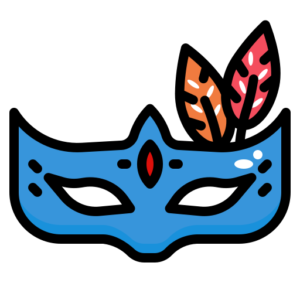
Cultural Events
- Saffron Harvest Festival: This festival is held annually during October or November to celebrate the harvesting of saffron, which is one of Rafsanjān’s main products.
- Imam Reza Martyrdom Anniversary: This event takes place on the 28th of Safar in the Islamic calendar (usually around late October or early November) to commemorate the death of Imam Reza, a revered figure in Shia Islam.
- National Day of Kerman Province: Celebrated on April 1st every year, this day marks the formation of Kerman Province and features various cultural events such as music performances, traditional dances, and handicraft exhibitions.
- Nowruz (Persian New Year): Nowruz is a major holiday celebrated throughout Iran and many other countries with Persian influence. It marks the beginning of spring and falls on March 20th or 21st each year.
- Qanat Festival: This festival celebrates Rafsanjān’s unique underground water system known as qanats. The festival features tours of qanats as well as traditional music performances and food stalls.
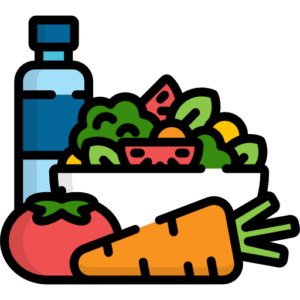
Cuisine
- Pistachio-based dishes: Rafsanjān is known for its high-quality pistachios, which are used in many local dishes such as pistachio soup and pistachio ice cream.
- Kabab-e-Jigar: A grilled dish made with beef liver marinated in a mixture of spices.
- Ash-e-Shalgham: A hearty soup made with turnips, lamb meatballs, chickpeas, and herbs.
- Shandiz Restaurant: A popular restaurant that serves traditional Iranian cuisine including kababs and stews.
- Kebab Khodadoust: Another well-known restaurant that specializes in grilled meats such as lamb chops and chicken kebabs.
- Cafe Naderi: A historic cafe that has been serving coffee and pastries since the early 20th century.
- Haj Ali Darvish Tea House: A cozy tea house that offers a variety of teas and snacks like baklava and saffron cake.
- Zibaee Restaurant: A family-owned restaurant that serves homemade Persian dishes like fesenjan (pomegranate walnut stew) and ghormeh sabzi (herb stew).
- Shohada Park: This park is situated in the heart of Rafsanjān and boasts a large playground, walking paths, and picnic areas.
- Qaleh Kohneh Park: Located on the outskirts of Rafsanjān, this park provides breathtaking views of the surrounding mountains and is a favorite destination for hiking and camping enthusiasts.
- Roudaki Park: This park is renowned for its stunning gardens and fountains, making it an ideal spot for leisurely walks or picnics.
- Sports Complex: The sports complex in Rafsanjān offers top-notch facilities for soccer, volleyball, basketball, tennis, swimming, and more.
- Cultural Center: The cultural center hosts various events all year round including concerts, theater performances, art exhibitions, and workshops.
- Bazaar Shopping: The bazaar in Rafsanjān is a vibrant marketplace where visitors can shop for traditional Iranian products such as spices, textiles, jewelry and handicrafts.
- Camel Riding: Visitors can enjoy camel rides through the desert landscape surrounding Rafsanjān to experience traditional Iranian transportation methods firsthand.
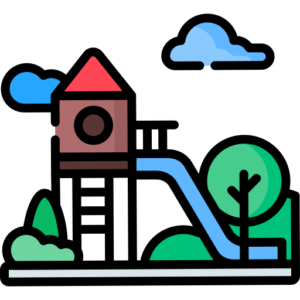
Parks and Recreation




